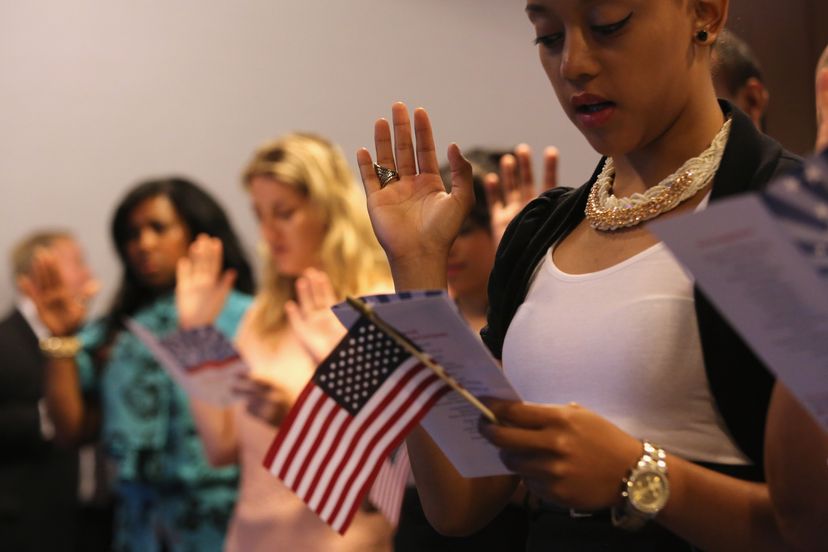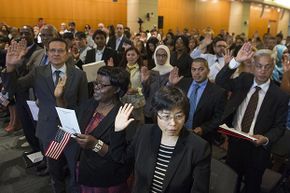
Unless you're Native American, if you live in the U.S. then you have an immigrant story woven into the tapestry of your life. The nation has seen several waves of immigration over its more than 250 years of existence.
There were the early pilgrims fleeing religious persecution, those seeking economic opportunities during the colonial era and the great immigration era of 1880-1920, when more than 20 million people arrived, mainly from eastern, southern and central Europe. More recently, in the 2000s and beyond, immigrants are hailing mainly from Asia and Latin America.
Advertisement
So have Americans always opened their arms to anyone and everyone wishing to live there and take a stab at achieving the American Dream? Despite what's written on the Statue of Liberty ("Give me your tired, your poor, Your huddled masses yearning to breathe free...") immigration to the U.S. has had a long and fraught history, with each new arriving group encountering hostility from the folks already there. Part of the problem may be the many misconceptions concerning immigrants and the immigration process. Here are 10 of the more prevalent misunderstandings.









